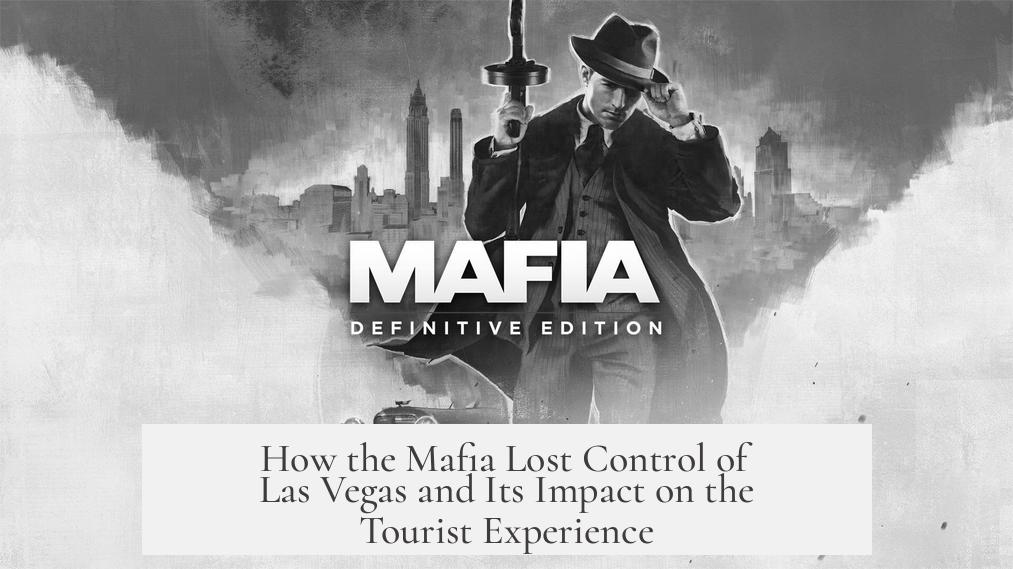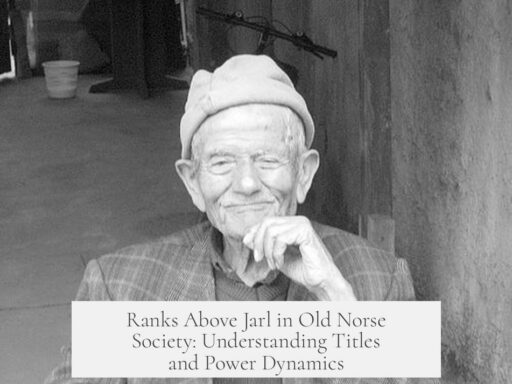The Mafia gradually lost control over Las Vegas due to several interconnected factors: generational changes, federal pressure, and shifts in casino finance and operations. The tourist experience under Mafia control varied, benefiting some but excluding others, and has improved materially and inclusively since.
The original mob leaders who entered Las Vegas from bootlegging were mostly born around 1900. As they aged and passed away, their children generally chose legitimate business paths rather than organized crime. After the 1960s, organized crime shifted focus toward narcotics, reducing its direct engagement with gambling operations in Las Vegas. This generational turnover diminished the mob’s grip on the casino scene.
Federal government pressure also diminished Mafia influence. Intense legal scrutiny, high-profile indictments, and investigations specifically targeting Las Vegas operations removed key mob figures. While this crackdown weakened the Mafia’s hold, it did not fully explain why no new organized crime groups filled the void.
Significant structural changes in casino finance and operations played a decisive role. In the 1950s, opening a casino required several conditions that favored the Mafia. Banks and legitimate investors avoided the high risk involved, so mob-affiliated financiers stepped in. The mob also controlled access to gamblers via bookies and had means to enforce gambling debts, which were uncollectible by legal means then. These factors gave the mob a competitive edge in startup capital and customer acquisition.
| Era | Mob Advantages | Changes Over Time |
|---|---|---|
| 1950 |
|
|
| Post-1960s |
|
For example, Sands Hotel opened in 1952 with 200 rooms costing $4.5 million, within the mob’s reach. By 1969, the International opened with 1,500 rooms at $50 million, a scale too large for mob funding. Legalization of debt collection and advances in marketing further marginalized organized crime’s role.
By the early 1980s, organized crime lacked the operational and financial advantages it once held and faced several disadvantages. Casinos became legitimate corporate enterprises backed by banks, public investors, and advanced technology.
Regarding the tourist experience, it varied widely under Mafia control. Casinos prioritized high rollers, especially from 1950 to 1965, centering on a small number of gambling tables like craps and blackjack to generate action. They provided personalized, courteous service to known gamblers. This environment could feel intimate and exclusive.
However, many people were excluded or discriminated against. African Americans faced segregation and were barred from entering casinos as customers until about 1960. Employment opportunities for minorities were limited to menial jobs. Women were excluded from dealer and managerial roles. The “good old days” of Las Vegas were not universally positive for all visitors or workers.
Materially, the quality and variety of amenities have improved significantly. Modern Las Vegas offers a vastly broader selection of dining experiences, entertainment, and lodging. Vintage menus show simpler culinary choices, while today’s resorts feature world-class restaurants and luxury services.
- Mob control declined due to aging leaders and legal crackdown.
- Growth in casino scale and legitimacy reduced Mafia financing role.
- Technological and legal changes eroded mob operational advantages.
- Tourist experience favored high rollers but excluded minorities and women.
- Current amenities and inclusiveness greatly surpass Mafia-era standards.




